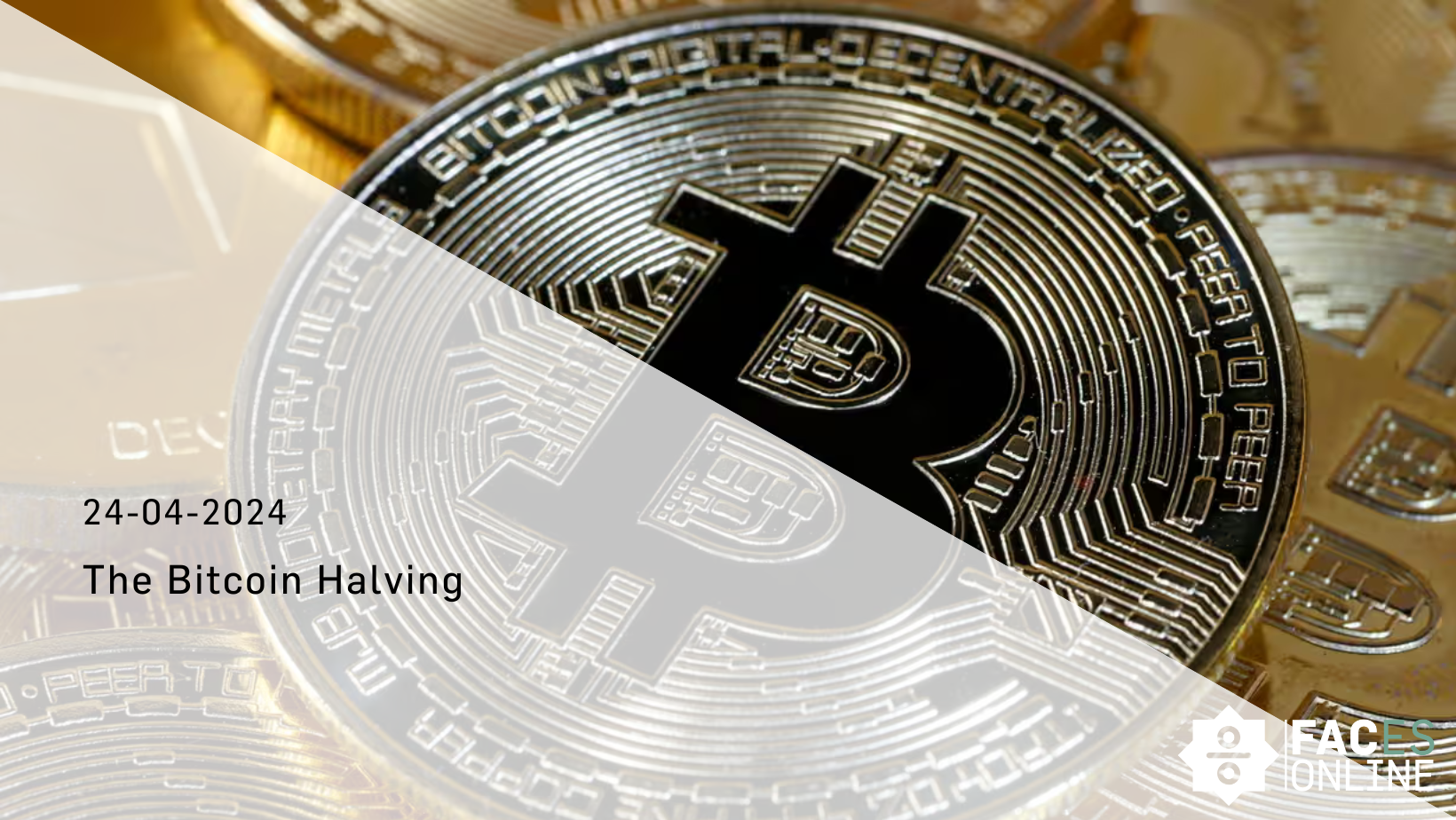Disclaimer: This article is for entertainment purposes only and cannot be used for financial advice. Since its inception, Bitcoin has caught the

We live in special economic times. The financial crisis of 2008 finally seems to be behind us. The economy is gaining strength, stock markets are breaking records once again despite geopolitical tensions, and home prices are back at pre-crisis valuations in certain places in the Netherlands. Despite these positive reports, the European Central Bank (ECB) still pursues very loose monetary policy. The fear is that the central banks will not have any ammunition left for economic stimulus when the next recession comes along.
Deflationary spiral
Central banks such as the ECB have in recent years desperately tried to beat deflation, as it causes money to gain purchasing power in the future. The widely accepted position on deflation is that it can be harmful to the economy because people will postpone purchases. However, this assumption has some flaws. For example, if my laptop crashes, I will not wait a year to buy a new one for the only reason that it will be 1 or 2% cheaper next year. Also, a human being must eat every day and buy new clothes every once in a while.
The money supply needs to grow because there would otherwise literally be no money to settle old debts and pay interest.
The real problem lies in the way our financial system works. Strongly simplified, inflation and deflation depend on the change in the amount of money in circulation in relation to the change in the amount of good and services produced. For clarification, I give an example: an economy with only one car and a money supply of € 100 will price the car at € 100. In case the amount of money increases by € 20, the car will be worth € 120. The money supply expands due to the effects of fractional reserve banking (a topic that is worth an article on its own). In short, this means that banks create money when they make loans. The principal amount is created, but the interest that needs to be paid in the future is not. The interest can therefore only be paid if it is created by repeating the money-creation process. This means that society as a whole will have to borrow again and again in order to ensure that enough money is in circulation to pay for all the repayments and interest. In short: the money supply always has to increase.
Banks thus create money at the moment they make loans. Money can however also be destroyed. This happens when a loan is being repaid or in the case a bank writes off a bad loan. A shrinking money supply means that more money is being evaporated than is created, and we call this deflation. It is the ultimate nightmare of central banks. The money supply needs to grow because there would otherwise literally be no money to settle old debts and pay interest. This is one of the main reasons central banks pursue a rate of inflation around 2%.
Unconventional measures
Reducing interest rates is the most important measure that central banks use to fight deflation. The idea behind this is that people will spend and invest more when it becomes cheaper to borrow. During the financial crisis, the ECB reduced interest rates from 4% to 0%, but this did not bring about the desired effect. In addition, the European sovereign debt crisis only seemed to be worsening. For those reasons, the ECB began with quantitative easing in 2015 (QE in short).
QE implies that a central bank buys (government) bonds or other assets in exchange for newly printed money. Because the ECB’s acquisition program converts these assets into money, investors will not have to wait until the bond is repaid. In this way, money is created without the intervention of commercial banks. As a result, interest rates continued to decline further and bond prices rose. After all, a large buyer had entered the market, and many investors have benefited from it.
From March 2015 onwards, the ECB bought € 60 billion in bonds every month. A year later, bond buying was temporarily boosted to an astounding € 80 billion a month. By comparison: the Dutch government spends roughly € 75 billion on healthcare each year.
Central banks have a lot of influence on prices in bond and equity markets.
The QE program has ensured that commercial banks were able to clean up to their balance sheets and consequently make more loans. The feared deflationary spiral has been repelled, and countries like Italy and Greece were given some breathing space because they could issue new government bonds at historically low interest rates. Altogether, the QE program seems to be a success story.
Blowing asset bubbles
The funds released on the bond market through the ECB’s buying policy are used not only to buy new bonds but also to invest in stocks and other assets. Listed companies have also used low interest rates to buy their own shares on a large scale.
Compared to other central banks, the ECB is still quite conservative in this new unconventional world. The central bank of Japan for example is now buying stocks with newly created money, and is currently one of the five largest shareholders in 81 Nikkei companies. The Swiss National Bank goes even further and now buys foreign shares with the aim of weakening the strong Swiss franc. For example, the Swiss National Bank owns $ 3 billion of shares in Apple. Central banks thus have a lot of influence on prices in bond and equity markets. We should ask ourselves the question if this is desirable policy. The consequence is, nonetheless, record-breaking stock valuations and the emergence of bubbling markets.
Central bank policy has also had an effect on the housing market. Low interest rates mean people have more room for monthly repayments on their mortgages. Thus, people can afford more expensive homes and that pushes up prices in regions with more demand than supply. Next to that, savers are craving for higher returns, which is reflected in the amount of new investments in the real estate sector.
Conclusion
Central banks have gone to great lengths since 2008 in order to combat deflation. The winners are easy to identify: these are the EU Member States (primarily those with a lot of debts), the banks and investors. But there are also losers. Although consumer price inflation remains low, non-investors did not benefit from QE and low interest rates in the same way as investors did. This has only increased wealth inequality. Furthermore, many pension funds are suffering because the relatively safe bonds yield hardly any returns.
The deflationary spiral has been defeated for the time being, but it is crucial that central banks are given enough time to get the economy off of life support without disturbing the financial markets. The ECB is currently still on a buying spree, but the US central bank, the Federal Reserve, has recently announced that it is going to normalize its balance sheet by not reinvesting funds it receives from expiring bonds. The question is not only whether this will affect stock prices and interest rates, but also whether normalization will be completed before the beginning of the next recession.






















